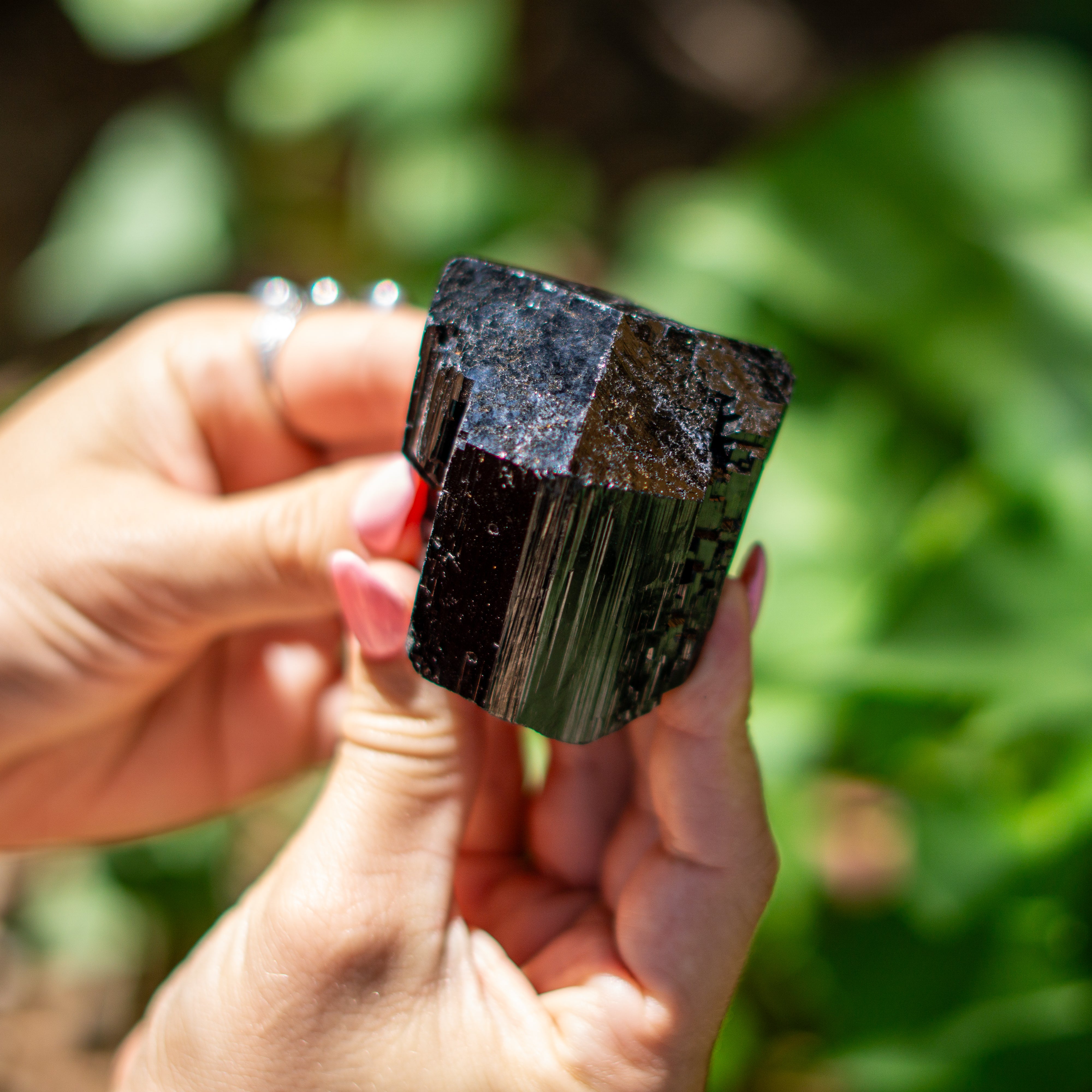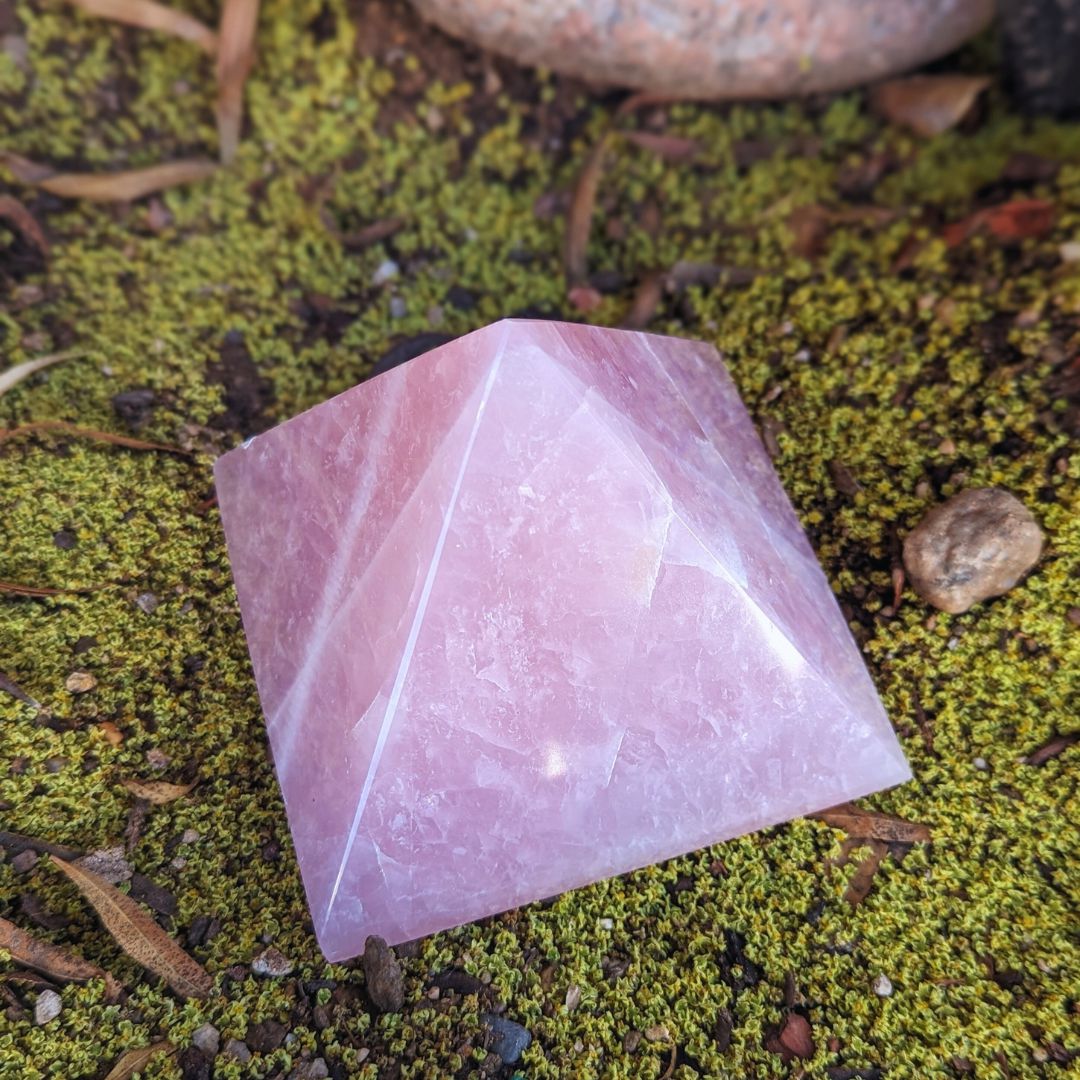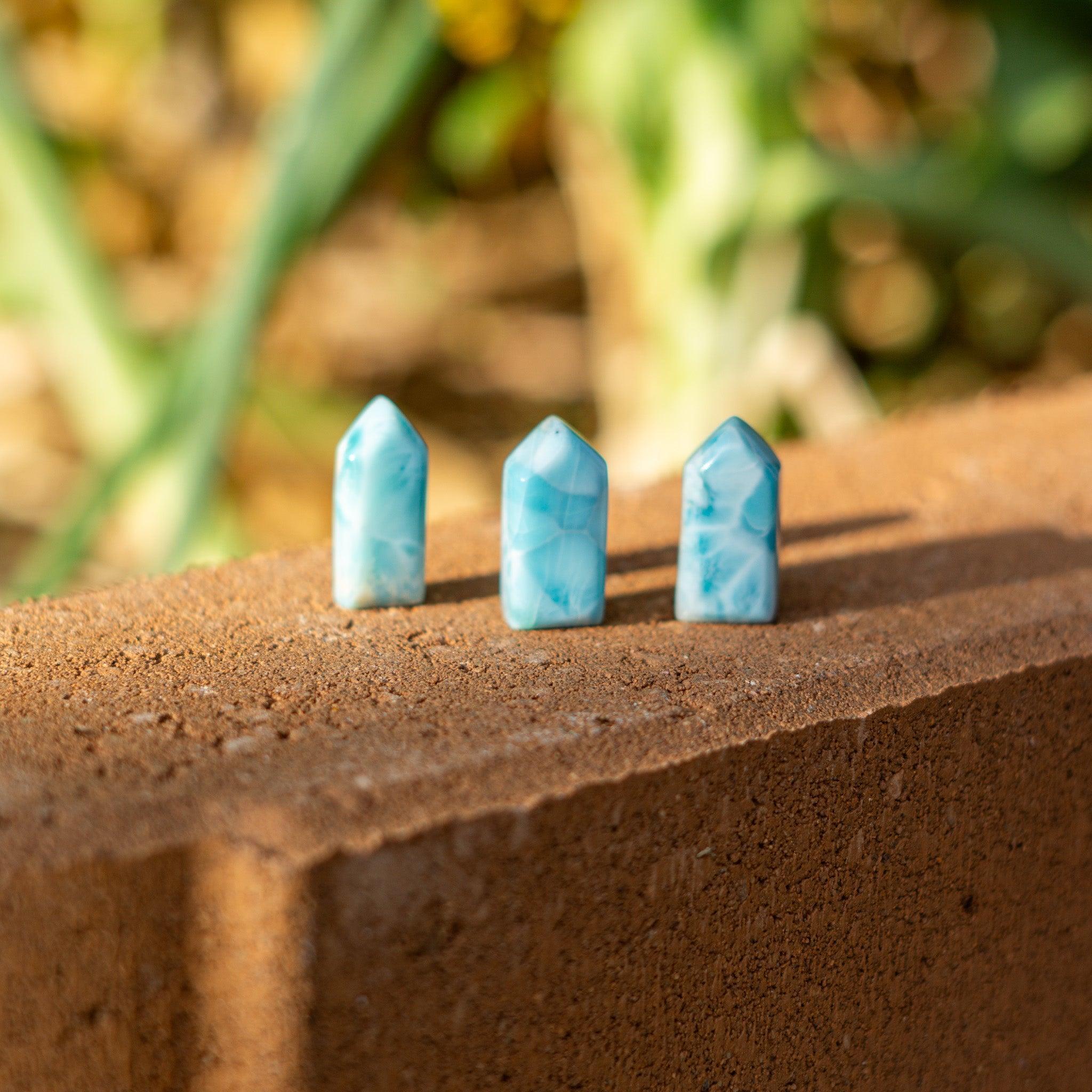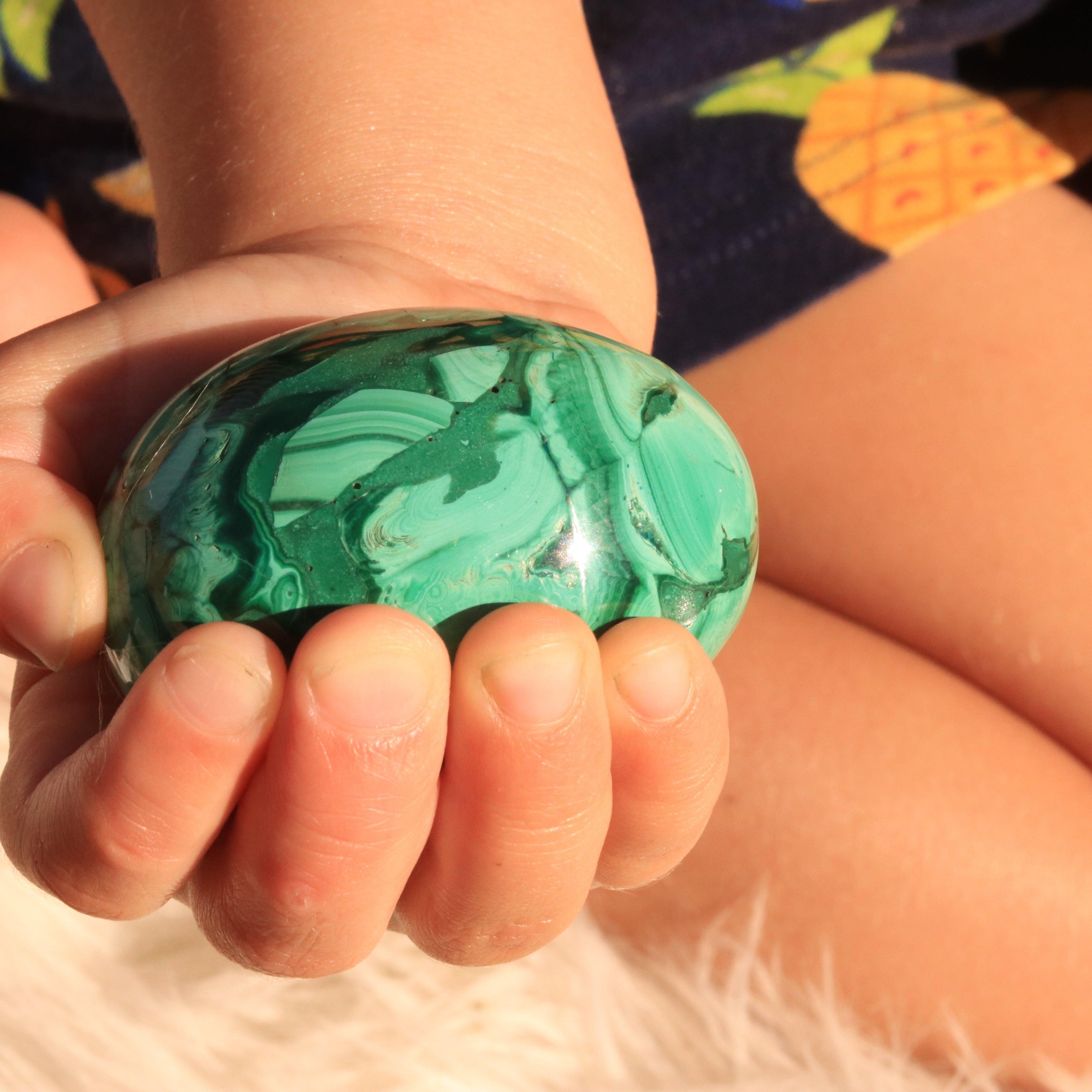The human body is believed to have several energy centers known as chakras, which play a crucial role in maintaining physical, emotional, and spiritual balance. One of these chakras is the Sacral Chakra, also known as Svadhisthana in Sanskrit. Located in the lower abdomen, just below the navel, the Sacral Chakra is associated with creativity, emotions, sensuality, and relationships. It is the second of the seven main chakras, each of which corresponds to specific aspects of our being.
Characteristics and Symbolism
The Sacral Chakra is characterized by several important attributes:
Color:
The primary color associated with the Sacral Chakra is orange. This vibrant hue symbolizes warmth, vitality, and a sense of passion.
Element:
The element linked to the Sacral Chakra is water. Water is fluid, adaptable, and reflective—qualities that mirror the chakra's emotional and creative aspects.
Sound:
The corresponding sound or mantra for the Sacral Chakra is "Vam." Chanting this mantra is believed to help balance and align the chakra.
Symbol:
The symbol of the Sacral Chakra consists of a six-petaled lotus flower. Each petal represents different qualities associated with the chakra, such as desire, pleasure, sexuality, attachment, and the elements of taste, sound, and touch.
Life Aspects:
The Sacral Chakra is closely linked to various life aspects:
- Emotions: It governs emotions, creativity, and emotional balance.
- Pleasure: This chakra is associated with the capacity to experience joy, pleasure, and intimacy.
- Sensuality: It governs sensuality and the ability to enjoy sensory experiences.
- Sexuality: The Sacral Chakra influences one's sexual energy, desires, and overall attitude towards sexuality.
- Relationships: It affects how you relate to others, form connections, and create meaningful relationships.
- Creativity: The chakra is closely tied to artistic and creative expression in all forms.
- Expression: It affects the ability to express oneself authentically and without fear of judgment.
Signs of Imbalance
When the Sacral Chakra is imbalanced, it can manifest in various physical, emotional, and mental ways. Some signs of an imbalanced Sacral Chakra include:
- Emotional Issues: Mood swings, emotional numbness, inability to experience pleasure, and feelings of guilt or shame.
- Creative Blocks: A lack of inspiration or creative energy, feeling uninspired or unable to express oneself artistically.
- Sexual Challenges: Low libido, sexual insecurities, or an unhealthy fixation on sex.
- Relationship Struggles: Difficulty forming or maintaining healthy relationships, fear of intimacy, or co-dependency.
- Physical Symptoms: Lower back pain, urinary issues, reproductive health problems, and digestive disorders.
- Lack of Passion: Feeling disconnected from passions and desires in life.
Healing and Balancing
To restore balance to the Sacral Chakra and promote overall well-being, various practices can be adopted:
1. Meditation and Visualization:
Meditation focusing on the Sacral Chakra can involve envisioning a vibrant orange glow at the lower abdomen. Visualizing a spinning, vibrant lotus flower can help cleanse and activate the chakra.
2. Yoga and Movement:
Certain yoga poses, like hip-opening postures and flowing movements, can help stimulate the energy flow in the Sacral Chakra. Engaging in dance, swimming, or other fluid movements can also be beneficial.
3. Aromatherapy and Essential Oils:
Scents like jasmine, orange, and ylang-ylang can help balance the Sacral Chakra. Aromatherapy using these essential oils can create a calming and grounding environment.
4. Crystals and Gemstones:
Crystals like carnelian, orange calcite, and moonstone are associated with the Sacral Chakra. Wearing or placing these crystals on the body can help restore balance.
5. Affirmations:
Using positive affirmations focused on embracing pleasure, creativity, and healthy relationships can assist in balancing the chakra.
6. Emotional Release:
Engaging in activities that encourage emotional expression, such as journaling, art therapy, or talking to a therapist, can aid in releasing pent-up emotions.
7. Nutrition:
Incorporating nourishing, water-rich foods into your diet can support the balance of the Sacral Chakra. Foods like oranges, melons, and liquids like herbal teas can be beneficial.
8. Healthy Boundaries:
Learning to set and respect personal boundaries in relationships can contribute to the overall health of the Sacral Chakra.
9. Sensory Experiences:
Engaging in activities that stimulate the senses, such as listening to music, enjoying aromatherapy, or spending time in nature, can help awaken the chakra's energy.
10. Self-Care:
Prioritizing self-care routines that cater to your emotional and creative needs can help maintain a balanced Sacral Chakra.
Conclusion
The Sacral Chakra is a vital energy center that plays a pivotal role in emotional well-being, creativity, and relationships. Balancing and nurturing this chakra can lead to a deeper connection with one's emotions, increased creativity, and healthier relationships. Incorporating practices such as meditation, yoga, aromatherapy, and self-expression can contribute to the overall harmony of the Sacral Chakra, resulting in a more fulfilling and vibrant life.













